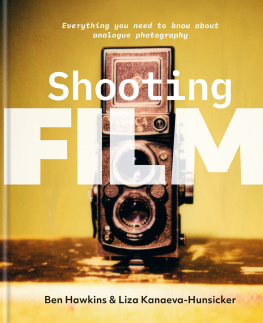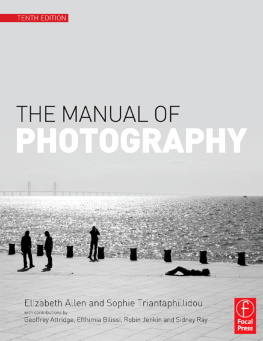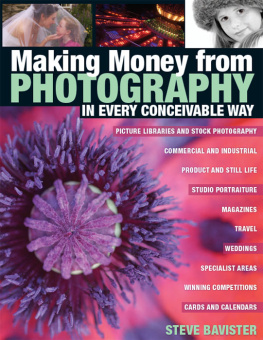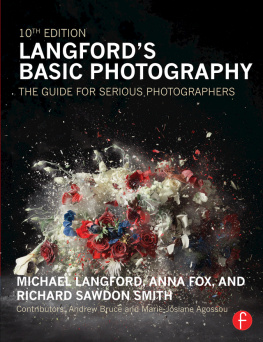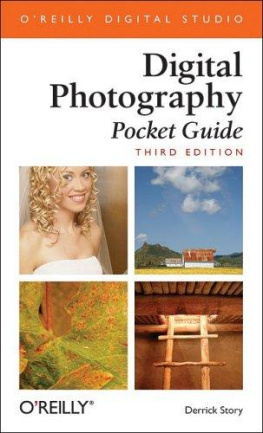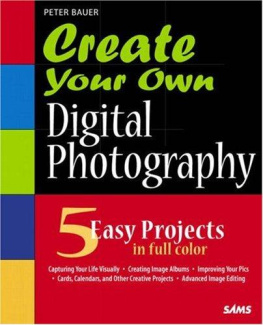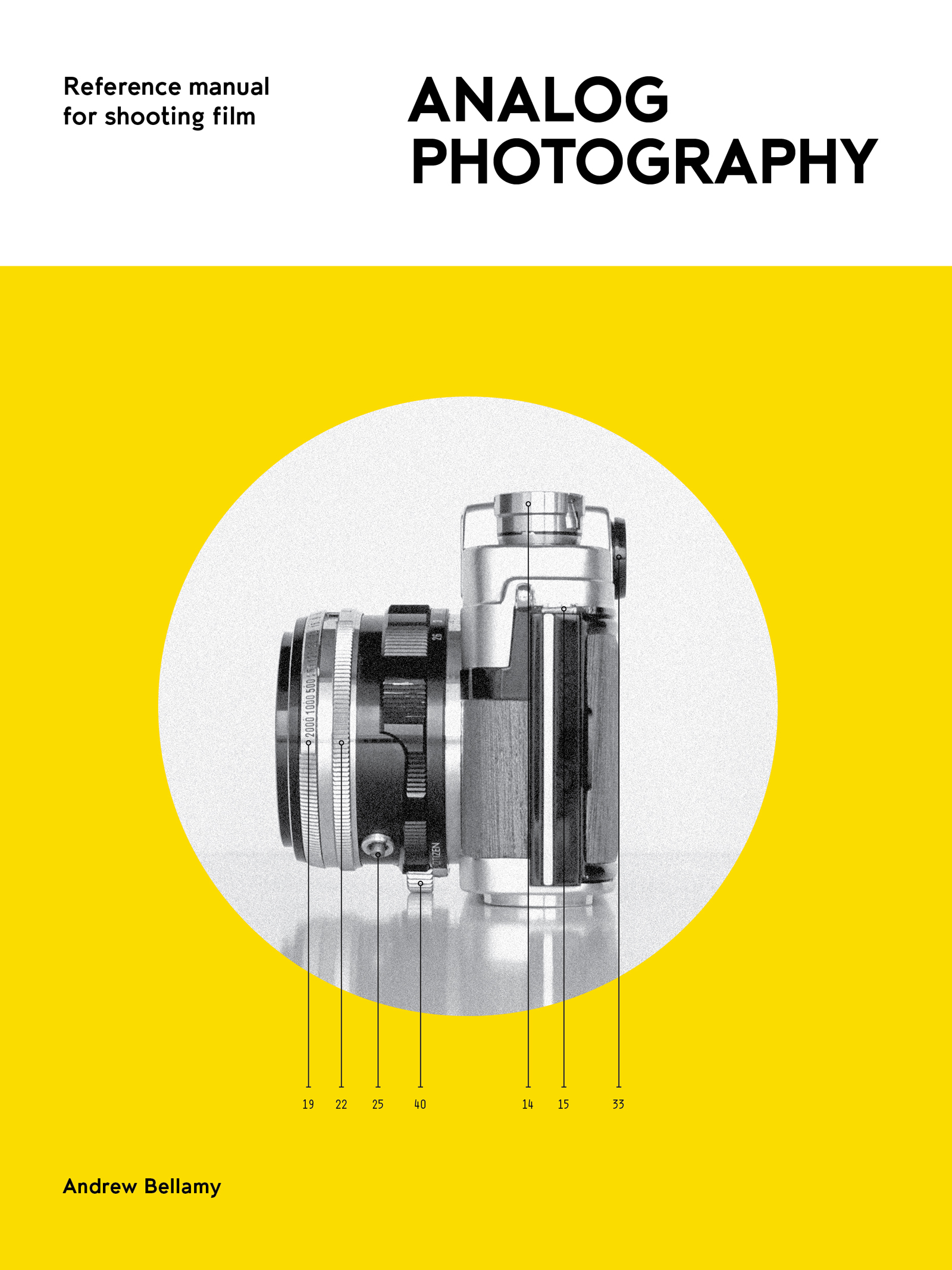
Published by
Princeton Architectural Press
A McEvoy Group company
202 Warren Street, Hudson, NY 12534
Visit our website at www.papress.com
Princeton Architectural Press is a leading publisher in architecture, design, photography, landscape, and visual culture. We create fine books and stationery of unsurpassed quality and production values. With more than one thousand titles published, we find design everywhere and in the most unlikely places.
In collaboration with

First English edition 2017
Ars-Imago International s.r.l.
2017 Texts: Andrew Bellamy
2017 Vetro Editions
Princeton Architectural Press edition, 2019
All rights reserved
No part of this book may be used or reproduced in any manner without written permission from the publisher, except in the context of reviews.
Every reasonable attempt has been made to identify owners of copyright. Errors or omissions will be corrected in subsequent editions.
A project by Andrew Bellamy, ILOTT Vintage
Curated by Vetro Editions - vetroeditions.com
Design, photography & illustration: Andrew Bellamy
Editing: John Z. Komurki
Project management: Luca Bendandi
Technical advice: Giorgio Di Noto
Typeset in 35-FTR & 64-SRC by ILOTT-TYPE
For Princeton Architectural Press:
Editors: Nina Pick and Parker Menzimer
Library of Congress Cataloging-in-Publication Data
Names: Bellamy, Andrew, author.
Title: Analog photography : reference manual for shooting film / texts, Andrew Bellamy.
Other titles: Analogue photography
Description: First edition. | New York : Princeton Architectural Press, 2019. | Originally published: Analogue photography. Rome : ars-imago, 2017.
Identifiers: LCCN 2018044627 | ISBN 9781616898175 (pbk. : alk. paper) | ISBN 9781616898267 (epub, mobi)
Subjects: LCSH: PhotographyHandbooks, manuals, etc.
Classification: LCC TR150 .B39 2019 | DDC 770dc23
LC record available at https://lccn.loc.gov/2018044627

FOREWORD
A few years ago, it would have been unthinkable for you to be reading these words printed with real ink on real paper. Around the end of the last century, it was clear and obvious to anybody that the digital revolution had finally advanced to the point where it could at last kill off boring old analog technologies and outdated media like the book, the LP, and the photograph. There was simply no reason left why someone would imagine that the existence of such real, physical goods would make sense, barring irrational sentimental hangovers.
Fortunately, however, things have turned out a little differently. In todays world, in which we spend more and more time in front of glass screens, it has never felt better to touch and turn the pages of a beautiful publication such as you are holding in your hands.
Rather than sounding analogs death knell, digital has, in my humble opinion, given rise to the biggest opportunity in the history of humanity to create analog products. Because people have had to learn the hard way that the biggest problem of digital vis--vis analog is not quality, but the boring fact that digital does not give rise to anything real.
Digital content cannot engage all five senses, but merely tickles your eyes and ears. And you are an all-analog human being with five hungry sensesthis is why, suddenly, books like this little beauty have begun to seek you out.
The fact that this book exists as a real object is surprising, and makes my analog heart beat faster. But there are several other important aspects of this wonderful publication that make meand hopefully you as wellvery happy, and more certain in my conviction that the future of analog is just about to begin.
1. This is a book about the beauty of analog photography, and a celebration of all these breathtaking, magical cameras that have been consigned to the trash for too long. This book will connect these devices with a new generation of photographers, helping them not only to fall in love with them, but alsoand most importantlystart using them again, with passion.
2. I myself have dedicated many years of blood, sweat, and the occasional tear to analog photographys comeback, by rescuing, at the very last minute, the worlds last Polaroid factory and rebooting the production of instant film in 2010. I share this books philosophy: that of inspiring people to dive into something that is for me still one of the most mindblowing adventures life has to offercapturing your magic moments in light and silver.
3. This book is a perfect example of the new value analog productions have acquired over recent years. The outstanding work of Andrew Bellamy shows how a young and passionate author and designer with an obvious respect for and detailed understanding of the past can bring together iconic elements in a contemporary style. This book is simply an irresistible object.
So, please dont just read this wonderful book; let it activate all five of your senses and help you fall back in love with analog!
Florian Kaps
Founder of Polaroid Originals and Supersense
INTRODUCTION
Analog Photography focuses on mechanical cameras manufactured between the mid-1930s and the late 1960s. This was a period of great quality and attention to detail in camera design, before the days of planned obsolescence, before plastic became the material of choice, and while fast-paced development was still being driven by competition between companies in Germany, Japan, and the USA. It was a time when film speeds were slow, lenses fast, and an object was an investment to be used for years and handed down to the next generation.
This book concentrates on cameras that take film, whether they are fixed or interchangeable lens, rangefinder, or SLR. You may have found an old Konica at the thrift store or inherited a Leica, or you may be one of the many younger photographers who are being drawn to analog for the first time as a way to enrich and expand their practice. In either case, this book provides all the information needed to help you understand your camera and get out and start using it.
The fundamental technical sides of both cameras and photography are covered. There are, however, no tips on how to take better photos, no sections on lines and shapes, silhouettes, texture, or composition. There is no advice on how to hold your camera or how to look through the viewfinder. This is purely a technical manual: once you have mastered the mechanics of photography, you will have total creative control over your camera, a tool for taking photos exactly as you want them.
Divided into six main sections, the book is structured so that it can be accessed in either a linear or nonlinear way. It opens with a concise description outlining the basic mechanics of taking a photograph. The beginner can then read through from cover to cover, while a more advanced photographer can dip in and out. It is designed to be easily navigated: cross-references are underlined in the text and listed with their relevant page number at the top of each page, and there is a complete and detailed index at the back. So, whether as a primer or a reference manual, this is the perfect book to (re)kindle your love of analog photography.
The word camera comes from camera obscura, Latin for dark chamber. The chamber of an analog camera is the body, a lightproof box that houses light-sensitive film in complete darkness. The film is held tightly against the rear side of the box. Opposite the film is a lens with a built-in aperture that controls the amount of light entering the interior of the camera and reaching the film. Between the lens and the film is another devicethe shutterthat protects the film from exposure until a picture is taken.
Next page

